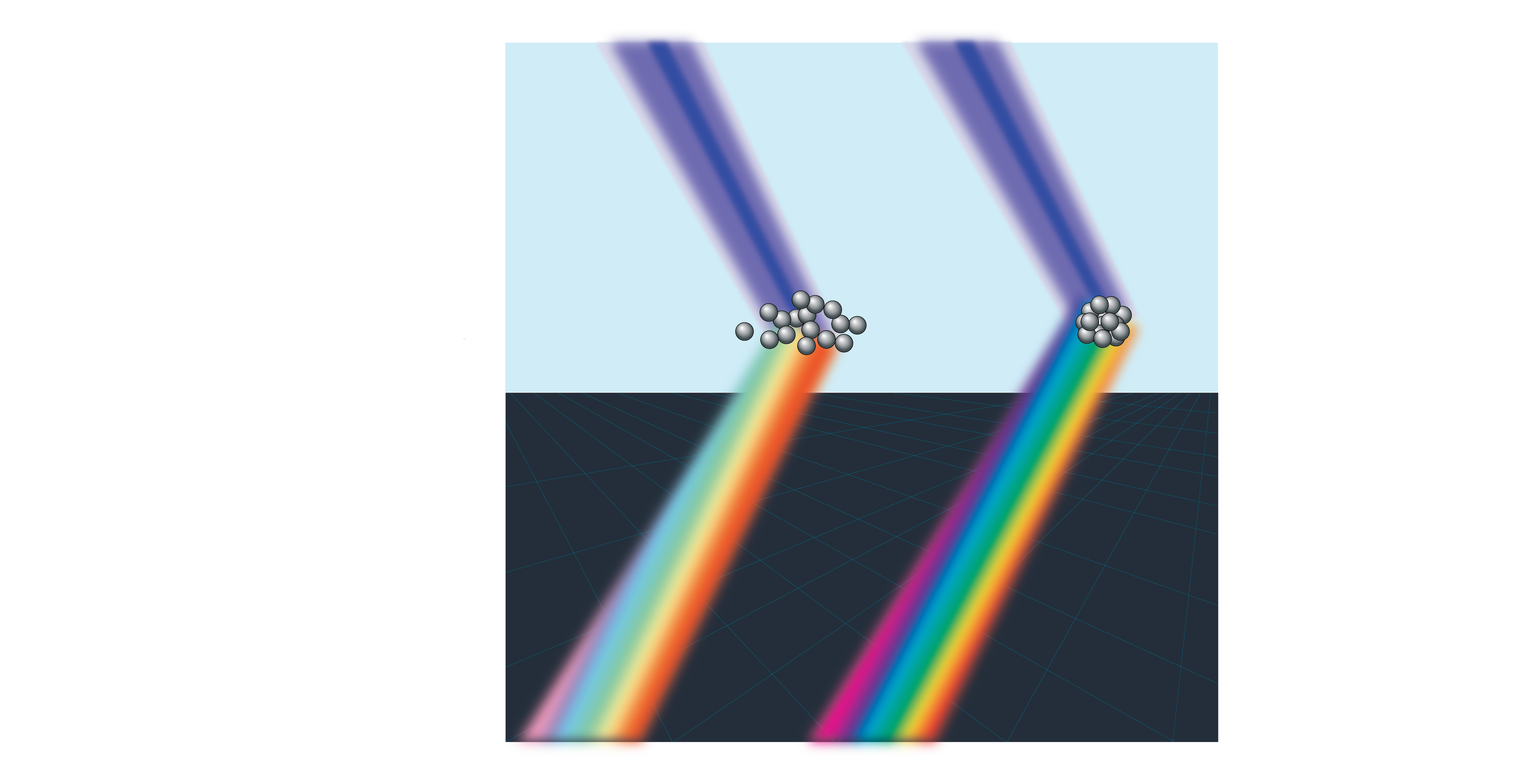
Many physical and chemical processes occur so quickly that their dynamics cannot be observed with current technology. For instance, the process of photosynthesis, by which plants obtain energy from sunlight, occurs during just a billionth of a trillionth of a second (an attosecond). Scientists have proposed to study such ultrafast processes with short bursts of high energy electrons because electrons easily probe the positions of atoms and molecules. Researchers at the Extreme Light Laboratory (ELL) at the University of Nebraska-Lincoln now report a novel method to clock these extremely short time durations. They show that easily-measured changes to the color of light reflected from the electrons can be used to determine the electron pulse duration. This works because the spectrum of the scattered light is sensitive to how close the electrons are to each other in time. A powerful laser makes the electrons generate many-colored intense light required. Because the new method might someday help scientists better understand and control ultrafast energy reactions, it might in turn be used to improve the efficiency of solar cells.
More details at: https://www.unl.edu/diocles/home